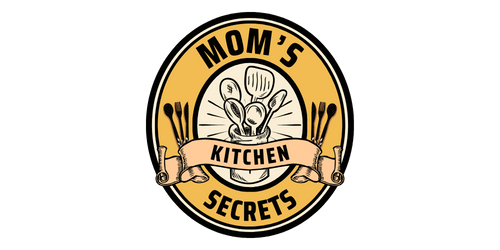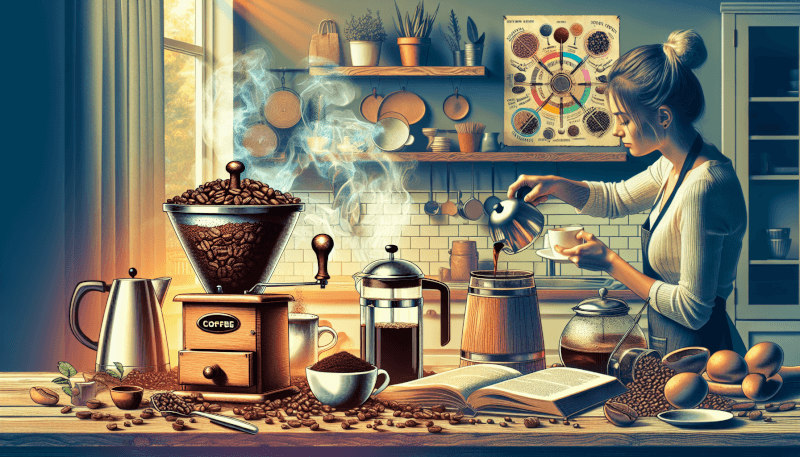You love starting your day with a hot, aromatic cup of coffee, but sometimes achieving that perfect cup can be a challenge. Fear not, because we have collected some incredible kitchen hacks that will make the process easier than ever. From secret ingredients to simple techniques, this article is your ultimate guide to brewing the perfect cup of coffee right in the comfort of your own kitchen. Get ready to elevate your coffee game with these genius tricks and start your mornings off on the right foot.
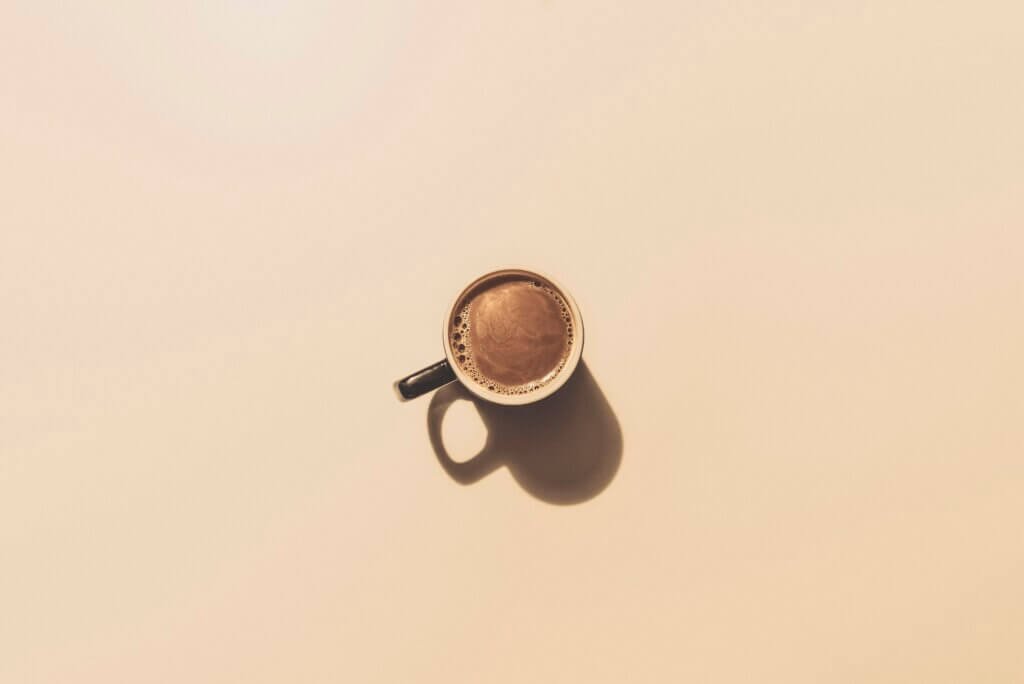
Choosing the Right Coffee Beans
Understanding Different Coffee Bean Varieties
When it comes to choosing the right coffee beans, it’s important to understand the different varieties available. Arabica and Robusta are the two main types of coffee beans. Arabica beans are known for their delicate and nuanced flavors, while Robusta beans have a stronger and more bitter taste. Consider your personal preference when selecting coffee beans, as well as the type of coffee you plan to brew. Experiment with different varieties to find the ones that suit your taste buds the best.
Evaluating the Roasting Level
The roasting level of coffee beans plays a significant role in the flavor profile of the final cup of coffee. Lightly roasted beans tend to have a more acidic and fruity taste, while dark roasted beans have a bolder and stronger flavor. Medium roasted beans fall somewhere in between, with a balanced flavor and aroma. Consider your taste preferences when choosing the roasting level of your coffee beans. If you prefer a milder and more nuanced flavor, opt for a lighter roast, while those who enjoy a bold and robust flavor should go for a darker roast.
Ensuring Freshness
One of the key factors in brewing a perfect cup of coffee is using fresh coffee beans. When coffee beans are freshly roasted, they release carbon dioxide gas. This gas can greatly impact the flavor of the coffee if it is not allowed to dissipate before brewing. Look for coffee beans that have a roast date mentioned on the packaging, and try to use them within two to four weeks of the roast date for the best flavor. Additionally, store your coffee beans in an airtight container away from direct sunlight and heat to preserve their freshness for as long as possible.
Grinding Techniques
Investing in a Coffee Grinder
Investing in a coffee grinder is a game-changer when it comes to brewing the perfect cup of coffee. Grinding your beans just before brewing ensures maximum freshness and flavor. There are two main types of coffee grinders: blade grinders and burr grinders. Burr grinders are known for producing a more consistent grind size, which is crucial for a balanced extraction. Consider investing in a burr grinder for the best results.
Determining the Right Grind Size
The grind size of your coffee beans plays a vital role in the overall taste and extraction of your coffee. Different brewing methods require different grind sizes. For example, espresso machines require a fine grind, while French press brewing calls for a coarse grind. Adjusting the grind size allows you to fine-tune the strength and flavor of your coffee. Experiment with different grind sizes until you find the perfect one for your preferred brewing method.
Avoiding Pre-Ground Coffee
While it may be tempting to reach for pre-ground coffee for convenience, it’s best to avoid it if you want to brew the perfect cup of coffee. Pre-ground coffee loses its freshness and flavor much quicker than whole beans. The oxidation process begins once the coffee is ground, leading to a loss of aroma and taste. By investing in a coffee grinder and grinding your beans just before brewing, you’ll ensure the freshest and most flavorful cup of coffee every time.
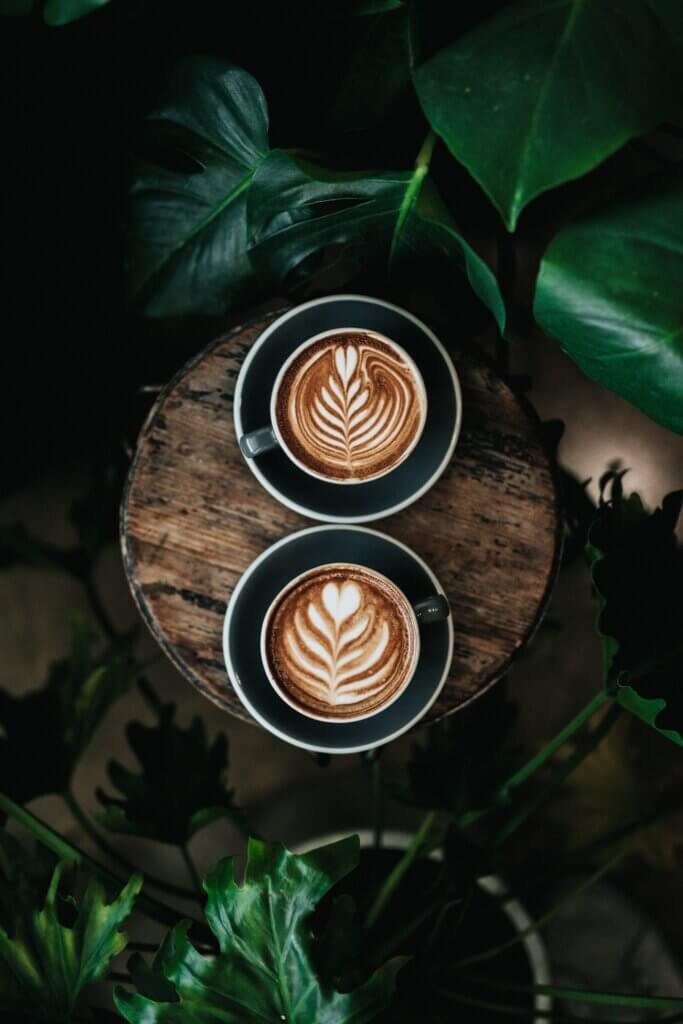
Water Quality and Temperature
Using Filtered Water
The quality of the water you use to brew your coffee has a significant impact on the taste of the final cup. Using filtered water helps remove impurities and minerals that can affect the flavor. Additionally, filtered water helps prevent limescale build-up in your coffee maker or espresso machine, prolonging its lifespan. Invest in a good water filter or use bottled water if your tap water has a strong taste or odor.
Finding the Ideal Water Temperature
Water temperature is another crucial factor in brewing the perfect cup of coffee. The ideal water temperature for brewing coffee is between 195 and 205 degrees Fahrenheit (90-96 degrees Celsius). This temperature range ensures optimal extraction without scorching the coffee grounds. Using a thermometer or an electric kettle with temperature control can help you achieve the ideal water temperature consistently.
Avoiding Boiling Water
Boiling water may seem like the logical choice for brewing coffee, but it can actually lead to over-extraction and a bitter taste. Boiling water should be avoided as it can scorch the coffee grounds and release unwanted compounds into the brew. Instead, aim for water that is just below boiling point to achieve the best flavor and balance in your coffee.
Proper Coffee-to-Water Ratio
Understanding the Golden Ratio
The coffee-to-water ratio is crucial in ensuring a well-balanced and flavorful cup of coffee. The golden ratio for brewing coffee is generally accepted to be 1:16, which means using one part coffee to 16 parts water. However, this ratio can be adjusted to suit personal preference. If you prefer a stronger cup of coffee, you can increase the coffee-to-water ratio, while those who prefer a milder taste can reduce it slightly. Experiment with different ratios until you find the perfect one for your taste buds.
Measuring Accurately
Measuring your coffee and water accurately is key to achieving the desired strength and flavor in your cup. Use a kitchen scale to measure the coffee beans and water for a precise and consistent brew. Eyeballing the measurements can lead to inconsistent results and affect the overall taste of your coffee. Invest in a reliable kitchen scale and measure your ingredients to ensure a consistently delicious cup of coffee every time.
Adjusting Strength to Personal Preference
Everyone has different taste preferences when it comes to the strength of their coffee. Some prefer a bold and strong brew, while others enjoy a milder and more delicate cup. Adjusting the strength of your coffee is easily done by altering the coffee-to-water ratio. Decrease the amount of water for a stronger cup, or increase it for a lighter brew. Don’t be afraid to experiment and find the perfect strength that suits your taste buds.
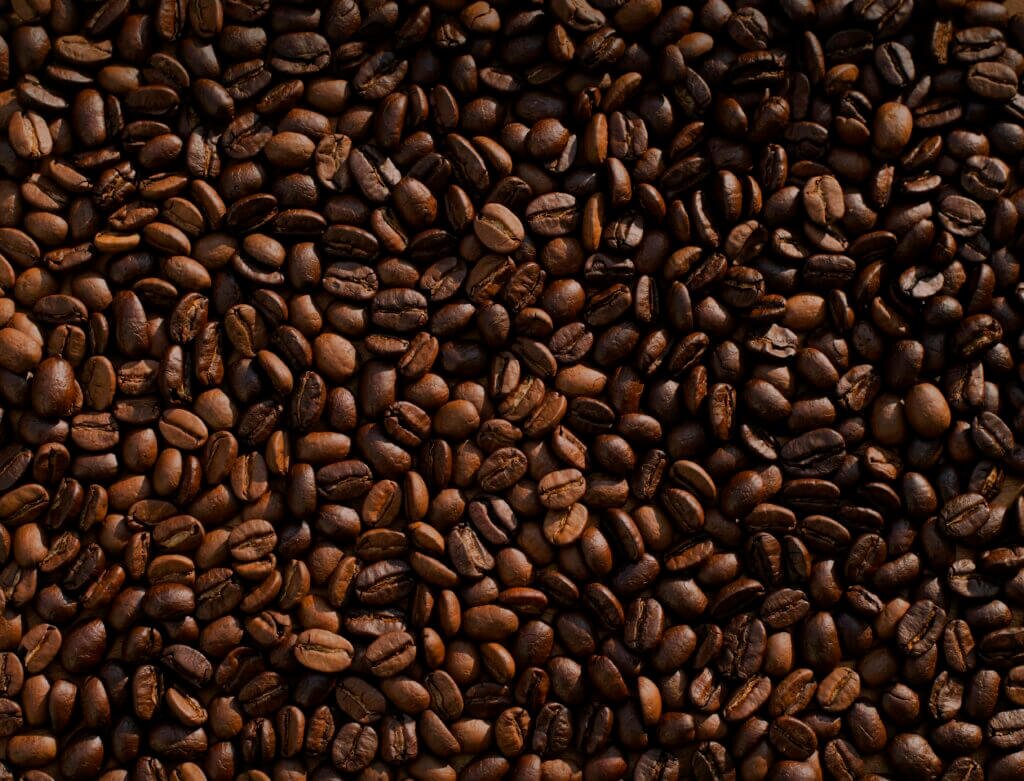
Brewing Methods
Exploring Different Brewing Techniques
There are various brewing techniques to choose from, each offering a distinct flavor profile and experience. Exploring different brewing methods can open up a world of possibilities for your coffee journey. From classic drip brewing to more specialized methods like the French press, pour-over, and cold brew, each method brings out unique flavors and characteristics in your coffee. Experiment with different techniques to find your favorite and enjoy the process of discovering new flavors.
Drip Brewing
Drip brewing is one of the most common and convenient methods of brewing coffee. It involves pouring hot water over coffee grounds held in a filter, allowing the brewed coffee to drip into a pot below. Drip brewing is known for producing a clean and well-balanced cup of coffee. It is versatile and can be done with various coffee makers, from automatic drip machines to manual pour-over systems.
French Press
The French press, also known as a press pot or plunger pot, is a manual brewing method that allows for full immersion of the coffee grounds. Coarsely ground coffee is steeped in hot water for a few minutes before being pressed down with a plunger, separating the brewed coffee from the grounds. French press brewing produces a rich, full-bodied cup of coffee with a robust flavor. It is a favorite among coffee enthusiasts who appreciate the fullness and complexity of the brew.
Pour-Over
Pour-over brewing is a method that involves pouring hot water over coffee grounds placed in a filter, allowing the brewed coffee to drip into a carafe or cup below. It requires a bit of skill and precision to achieve a balanced extraction, making it a favorite among coffee connoisseurs. Pour-over brewing highlights the nuances and flavors of the coffee, producing a clean and vibrant cup with clarity and complexity.
Cold Brew
Cold brew is a method of brewing coffee that involves steeping coarsely ground beans in cold or room temperature water for an extended period, typically 12-24 hours. This slow extraction process produces a smooth and low-acid cup of coffee, with a subtle sweetness. Cold brew is perfect for those who prefer a refreshing and mellow coffee experience. It can be enjoyed over ice or diluted with water or milk to taste.
Attention to Brewing Time
Determining Ideal Brew Time
The brewing time for different brewing methods can vary, and it’s essential to pay attention to the recommended brew time to achieve the desired taste. While drip brewing usually takes a few minutes, methods like the French press and cold brew require longer steeping times. Follow the instructions for your chosen brewing method to ensure optimal extraction and avoid over or under-extraction, which can result in a bitter or weak cup of coffee.
Avoiding Over-Extraction
Over-extraction occurs when the coffee is brewed for too long or the water is too hot, resulting in a bitter and unpleasant taste. To avoid over-extraction, be mindful of the recommended brew time and water temperature for your chosen brewing method. Adjust the grind size or coffee-to-water ratio if necessary to achieve a balanced extraction.
Preventing Under-Extraction
Under-extraction happens when the coffee is not brewed for long enough or the water is not hot enough, resulting in a weak and sour taste. To prevent under-extraction, ensure that you follow the recommended brew time and water temperature for your brewing method. Experiment with different variables, such as grind size and coffee-to-water ratio, to find the perfect combination that produces a well-extracted and flavorful cup of coffee.

Advanced Brewing Techniques
Try Using a Siphon Brewer
Siphon brewing, also known as vacuum brewing, is an advanced technique that uses heat and pressure to brew coffee. It involves two chambers connected by a tube. Water is heated in the lower chamber, creating vapor pressure that pushes the water into the upper chamber. Coffee grounds are then added to the water, and after a specified brewing time, the heat is removed, causing a vacuum that draws the coffee back into the lower chamber, leaving the grounds behind. Siphon brewing produces a clean and smooth cup of coffee, showcasing the delicate flavors and aromas.
Experimenting with an Aeropress
The Aeropress is a versatile and portable brewing device that allows for quick and easy brewing. It uses a combination of pressure and immersion brewing techniques to extract the flavors from the coffee grounds. With the Aeropress, you have control over variables such as water temperature, brew time, and pressure, allowing for endless experimentation and customization. It is a favorite among coffee enthusiasts who enjoy exploring different brewing parameters to achieve the perfect cup.
Exploring the Moka Pot
The Moka pot, also known as a stovetop espresso maker, is a traditional Italian brewing device. It uses steam pressure to force water through ground coffee, resulting in a strong and concentrated brew. The Moka pot produces a coffee that resembles espresso, with a rich flavor and a thick crema. It is an excellent alternative for those who don’t have an espresso machine but still crave a strong and bold coffee experience. Experiment with different grind sizes and brewing techniques to achieve the perfect Moka pot brew.
Flavor Enhancements
Adding Spices or Flavorings
Adding spices or flavorings to your coffee can elevate the taste and create new and exciting flavor profiles. Experiment with spices like cinnamon, nutmeg, or cardamom by mixing them directly with the coffee grounds before brewing. Alternatively, you can add a splash of flavored syrup or extracts to your brewed coffee for a quick flavor enhancer. Be adventurous and try different combinations to find your perfect flavor match.
Utilizing Alternative Sweeteners
If you’re looking for a healthier alternative to traditional sugar, explore different sweeteners to add a touch of sweetness to your coffee. Natural sweeteners like honey, maple syrup, or agave syrup can impart a unique flavor while reducing the overall sugar content. Artificial sweeteners or sugar substitutes are also available for those who prefer a calorie-free option. Experiment with different sweeteners to find the perfect balance of sweetness in your coffee.
Experimenting with Milk and Cream Varieties
Milk and cream can greatly impact the taste and texture of your coffee. From traditional dairy milk to non-dairy alternatives like almond, soy, or oat milk, each variety brings its own unique flavor and creaminess to your cup. Experiment with different milk and cream options to find the perfect pairing for your taste buds. Frothing the milk or trying different temperatures can also enhance the overall coffee experience.

Storing Coffee Properly
Choosing an Airtight Container
Proper storage is essential to preserve the freshness and flavor of your coffee beans. Choose an airtight container that is specifically designed for coffee storage. Avoid using containers that allow air to seep in, as exposure to oxygen can lead to the oxidation of the coffee beans and a loss of flavor. When storing your coffee, ensure that the container is sealed tightly to keep out air, moisture, and odors.
Avoiding Direct Sunlight
Sunlight can deteriorate the quality of your coffee beans by degrading their flavors and aroma. It’s important to store your coffee away from direct sunlight to preserve its freshness. Find a cool, dark spot in your kitchen pantry or countertop to keep your coffee beans. If you prefer to display your beans, consider using a tinted or opaque container to protect them from UV light.
Keeping Away from Moisture
Moisture is another enemy of fresh coffee beans, as it can lead to mold and spoilage. Avoid storing your coffee beans in areas with high humidity, such as near the sink or dishwasher. Additionally, avoid storing your coffee in the refrigerator or freezer, as the fluctuating temperatures can cause condensation and affect the quality of the beans. Keep your coffee in a dry and cool environment to maintain its freshness for as long as possible.
Cleaning and Maintaining Equipment
Regularly Cleaning the Coffee Maker
Regular cleaning of your coffee maker is essential to ensure the best-tasting coffee and to prolong the life of your machine. Follow the manufacturer’s instructions for cleaning and descaling your specific coffee maker. This typically involves regular rinsing, cleaning the removable parts, and descaling to remove mineral deposits. A clean coffee maker will not only produce better-tasting coffee but also prevent the buildup of bacteria and mold.
Descaling Your Espresso Machine
If you own an espresso machine, descaling is a crucial step in maintaining its performance and longevity. Over time, mineral deposits from water can accumulate inside the machine and affect its functionality. Descaling involves using a descaling solution or a mixture of water and vinegar to remove these deposits. Refer to the manufacturer’s instructions for the recommended descaling procedure for your espresso machine. Regular descaling will ensure that your machine continues to produce high-quality espresso shots.
Cleaning the Grinder
If you have a coffee grinder, regular cleaning is necessary to remove oils and coffee residues that can build up over time. These residues can affect the flavor of your coffee and potentially damage the grinder. Refer to the manufacturer’s instructions for cleaning your specific grinder, but generally, brushing the burrs or blades and removing any trapped particles should suffice. A clean grinder will ensure consistent and flavorful coffee grounds for your brewing pleasure.
By following these comprehensive tips and techniques, you’ll be well on your way to brewing the perfect cup of coffee every time. From choosing the right beans and mastering the grind size to experimenting with different brewing methods and flavor enhancements, there are endless possibilities to explore in the world of coffee. Embrace the journey and enjoy the process of creating your own personalized cup of coffee that suits your taste preferences perfectly. Cheers to coffee bliss!
